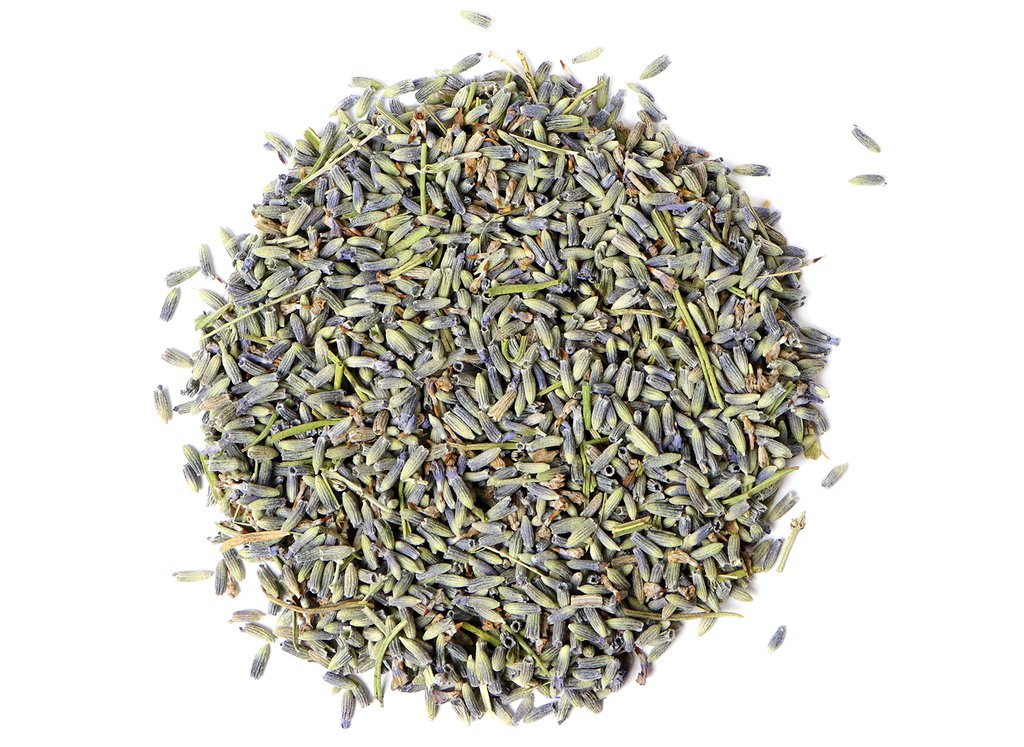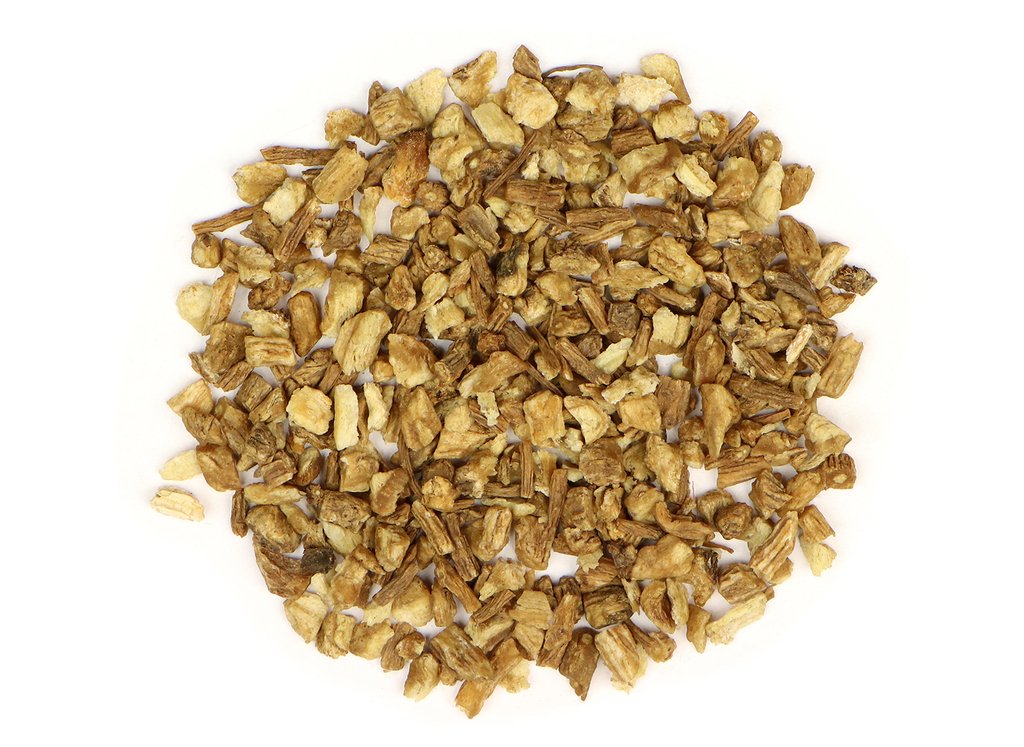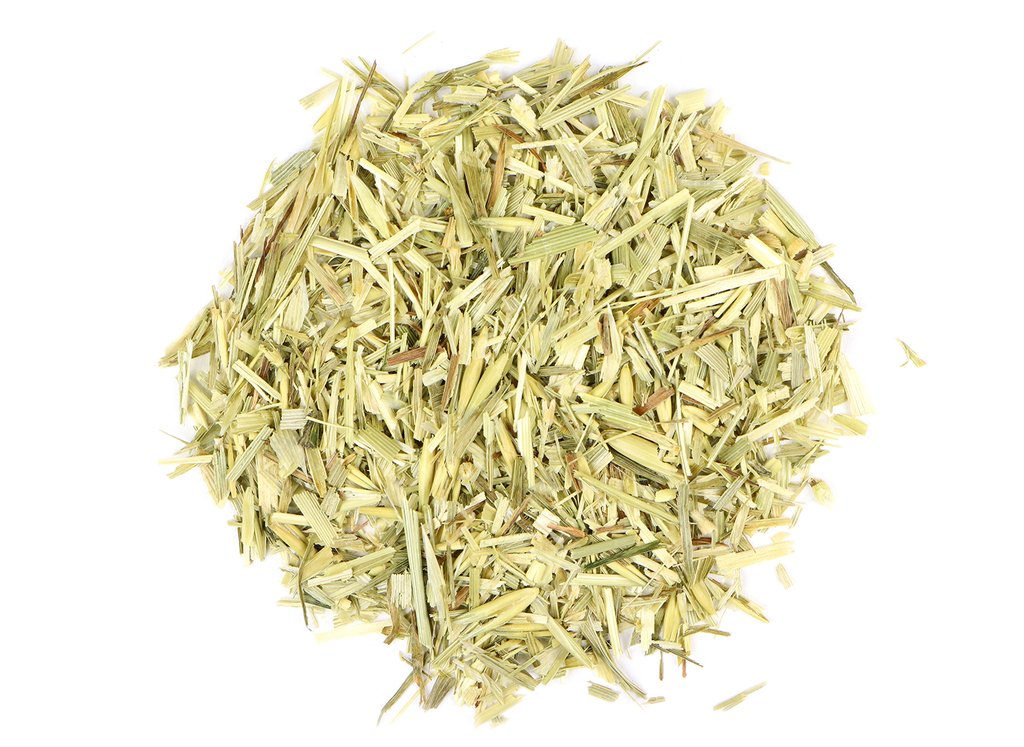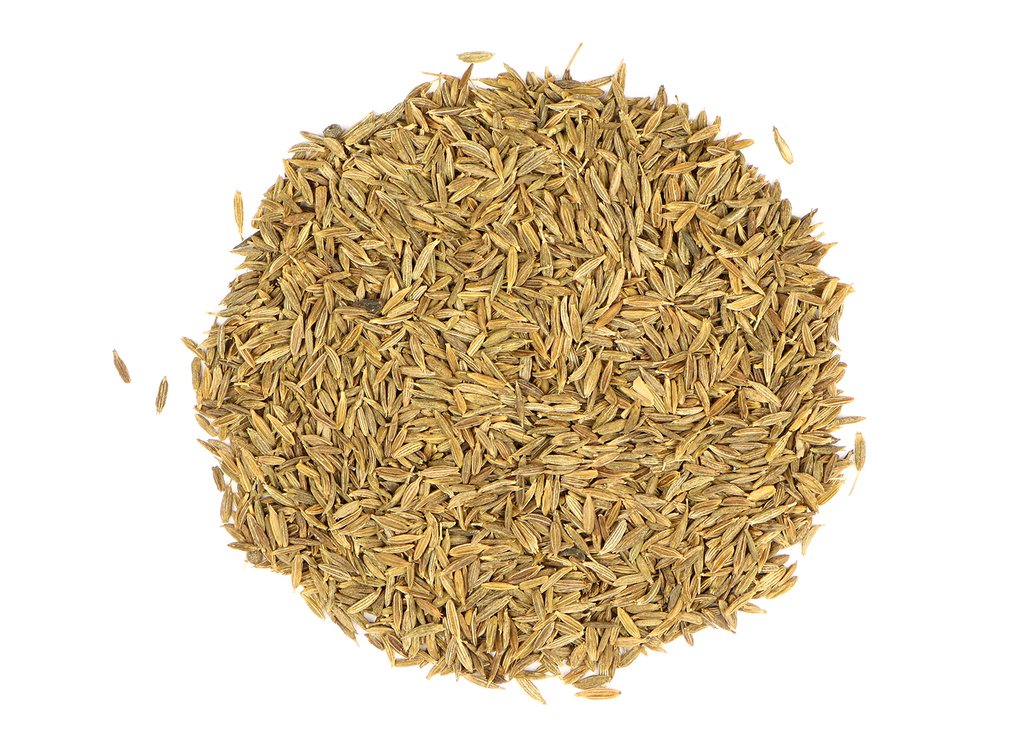 Image 1 of
Image 1 of


ORGANIC Lavender Flowers
Botanical Name: Lavandula angustifolia
Origin: Albania
Botanical Name: Lavandula angustifolia
Origin: Albania
Botanical Name: Lavandula angustifolia
Origin: Albania
English lavender, or Lavandula angustifolia, is not actually native to England but to the Mediterranean. Lavender flower is a favorite for its sweet, relaxing, floral aroma, and the flowers and leaves have a long history of use in traditional western herbalism. Dried lavender flowers can be added to potpourri blends, used as a cooking or baking spice, and incorporated into body care recipes.
For years we have sold both Lavandula angustifolia and Lavandula x intermedia as Lavender flowers. We are now excited to be able to offer you both of these beautiful flowers. In general, they can be used interchangeably; however some people do prefer one over the other.
Lavandula angustifolia is the classic lavender that most people are familiar with. It can also be found on the market as Common Lavender, French Lavender (when it comes from France), True Lavender, or Lavender. You may also see it labeled as Lavandula officinalis. This little greyish purple flower is known for its sweet floral aroma. The genus Lavandula is in the mint family.
Lavender is an aromatic perennial evergreen shrub. Its woody stems bear lavender or purple flowers from late spring to early autumn, although there are varieties with blossoms of white or pink. Lavender is native to the Mediterranean, but now cultivated in cool-winter, dry-summer areas in Europe and the Western United States. The use of Lavender goes back thousands of years, with the first recorded uses by the Egyptians during the mummification process. Both the Greeks and the Romans had many uses for it, the most popular being for bathing, cooking, and as an ingredient in perfume. Lavender was used as an after-bath perfume by the Romans, who gave the herb its name from the Latin lavare, to wash. During the Great Plague of 1665, grave robbers would wash their hands in a concoction called Four Thieves Vinegar, which contained lavender, wormwood, rue, sage, mint, and rosemary, and vinegar; they rarely became infected. English folklore tells that a mixture of lavender, mugwort, chamomile, and rose petals will attract sprites, fairies, brownies, and elves.
As a spice, lavender is best known as an important aspect of French cuisine and is an integral ingredient in herbs de Provence seasoning blends. Lavender may be used on its own to give a delightful, floral flavor to desserts, meats, and breads. The flowers can also be layered within sugar to infuse it with its distinctive aroma for use in cookies and candies.
Similar to cilantro, some individuals perceive the taste of lavender in a manner that is undesirable within cuisine. An estimated 10% of the population interprets lavender to have a soapy and unsavory flavor. For this reason, it may be wise to exercise caution while using lavender as a flavoring agent.
Lavender has been thought for centuries to arouse passions as an aphrodisiac and is still one of the most recognized scents in the world.
Precautions
No known precautions. We recommend that you consult with a qualified healthcare practitioner before using herbal products, particularly if you are pregnant, nursing, or on any medications.
This information has not been evaluated by the Food and Drug Administration. This product is not intended to diagnose, treat, cure, or prevent any disease. For educational purposes only.





